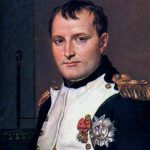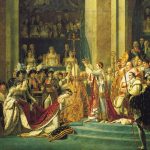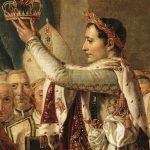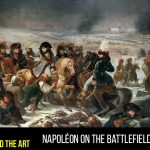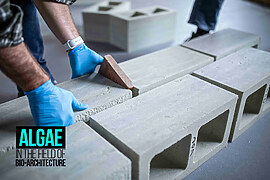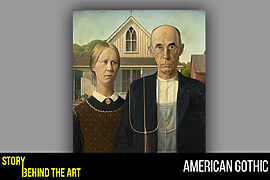Abstract | The Coronation of Napoleon
Napoleon Bonaparte – a name heard so often in history yet known so little about. A great military leader, who rose to prominence and was emperor of France from 1804 until 1814, then again in 1815– Napoleon is recognized for his participation in the Napoleonic Wars and his fall at Waterloo in 1815. He went down in European history as one of the best military strategists of the day, renowned for his tactical brilliance and fast thinking in critical situations.
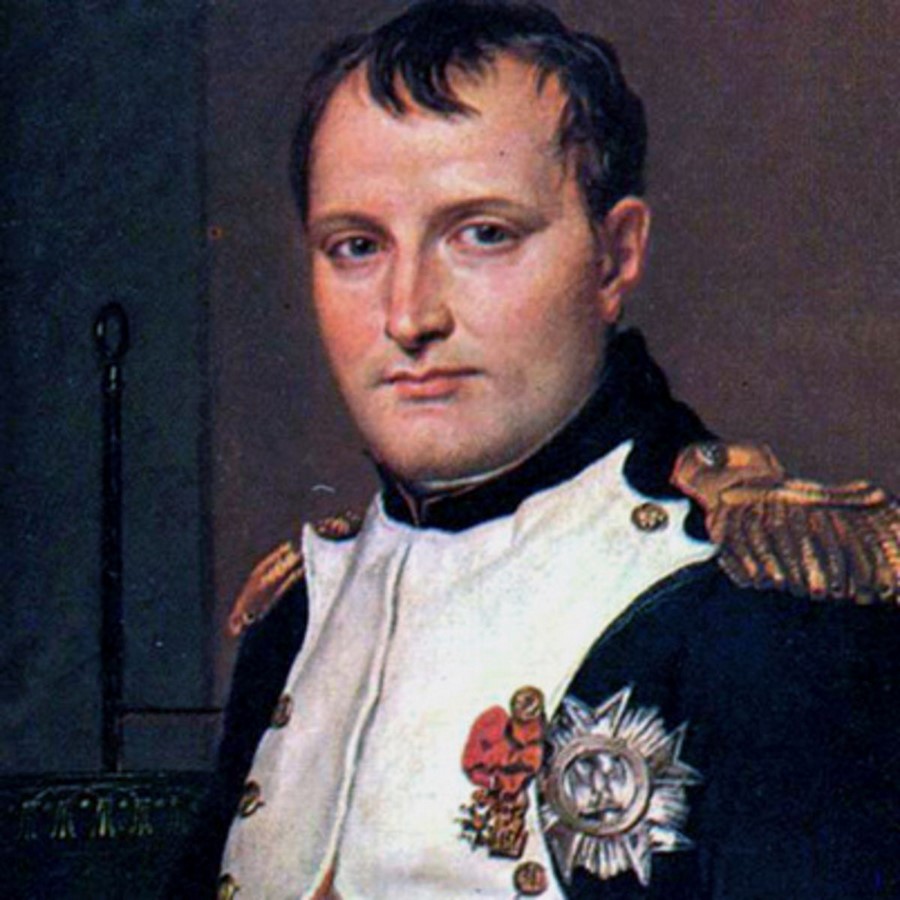
Early Life
On August 15, 1769, soon after the French occupied Corsica, he was born to parents Carlo Maria di Buonaparte and Maria Letizia Ramolino. Napoleon’s father enrolled him in French College d’Autun. He briefly attended Autun, then spent five years at the military college of Brienne and one year at the military academy in Paris. He went through some difficult times, after losing his father to stomach cancer and having to be the head of the family at the age of 16. In 1786, he graduated from the aforementioned Parisian military academy, was commissioned as an artillery officer, and returned to Corsica. In 1793, he joined the French military unit in Nice. Napoleon married Josephine de Beauharnais, the widow of General Alexandre de Beauharnais, who had two children of her own, in the year 1796.
Under Napoleon’s military dictatorship, he became the first consul and tried to establish a European empire. He centralized the government, restored Roman Catholicism as the national religion, implemented educational reforms, and oversaw the foundation of the Bank of France. Napoleon’s policies were so popular that he was elected first consul for the rest of his life in 1802 and crowned emperor of France in 1804.
The coronation of Emperor Napoleon I took place in Paris on December 2, 1804, in a spectacular and unparalleled ceremony. Traditionally, French kings were honored in Reims cathedral, but Napoleon imposed his style by hosting the occasion in Paris at Notre-Dame Cathedral.
The coronation of Napoleon
A spectacular occasion of the coronation of Napoleon demanded a spectacular painting. Hence, Jacques-Louis David, the most renowned French artist of his day and a key figure in the late-nineteenth-century Neoclassical movement was commissioned to portray the beauty of the coronation in 1805. The artwork took about two years to create and was completed in 1807. Today, the original painting is present in the Louvre. He later painted a second version of this painting, which The Palace of Versailles acquired in 1947.
Neoclassicism gives place to a style that combines official portraiture of the previous French monarchy with overtones and the occasional direct imitation of Renaissance painters. The classical art and civilization of ancient Greece and Rome inspired neoclassical painting. Straight lines, a smooth paint surface that hides brushwork, representation of light, little use of color, and clear, crisp definition of forms are all characteristics of Neoclassical painting. Napoleon’s coronation– through the medium of art, this artwork depicts a journey, a story, and anecdotes.
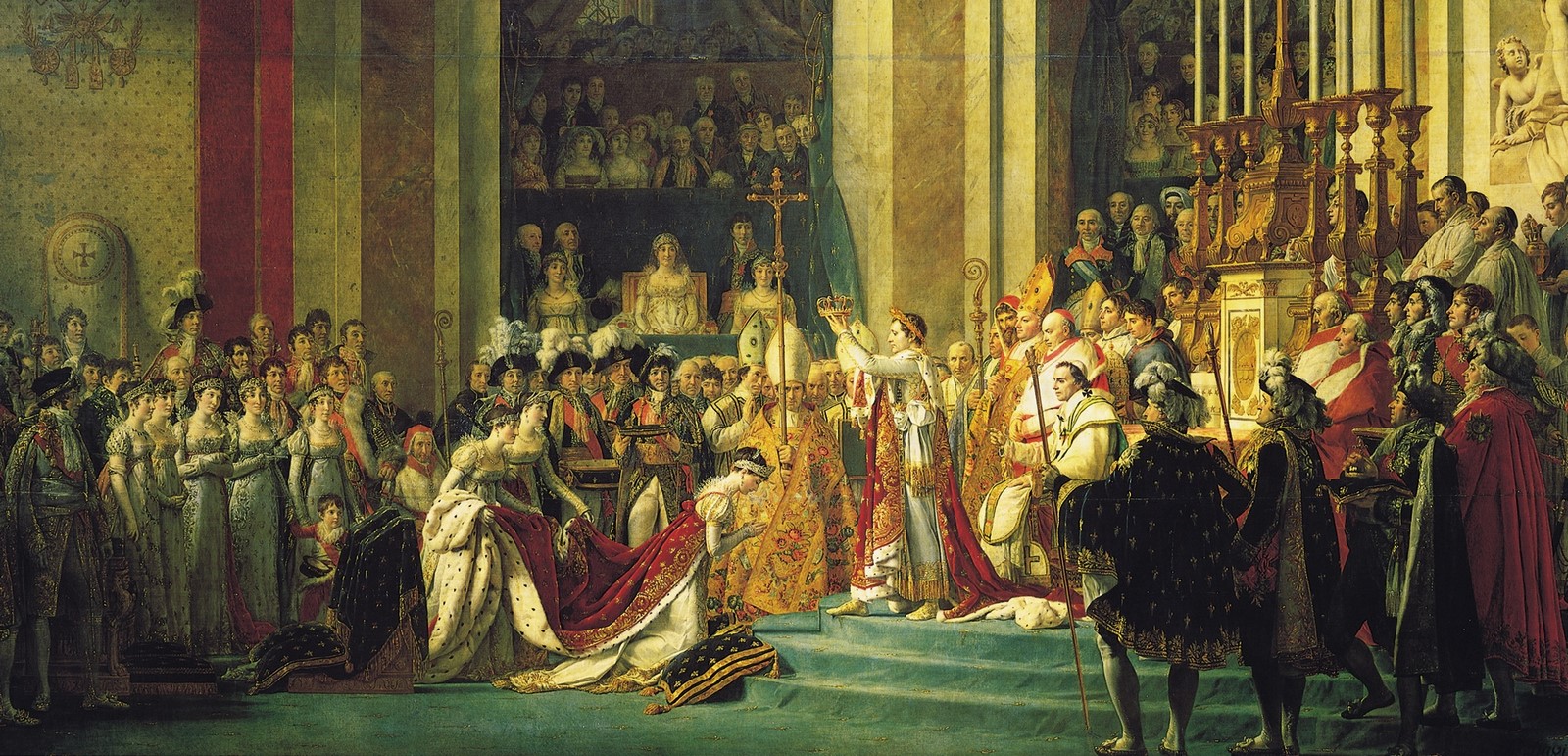
The grandiloquent and great masterpiece, a vast intimidating artwork measuring over 10 meters wide by 6 meters tall, was part of the propaganda campaign – ordered by Napoleon to cement his rule and the new monarchy he represents. With all eyes on him, Napoleon is the central and prominent subject of the composition. The painting is an excellent example of Neoclassical art, which emphasizes a balanced composition organized around numerous axes.
The beauty of the painting
The stunning use of colors- reds, yellows, greens, and neutrals- creates a wonderful color blend. These colors tell a tale about the artwork’s past and history. The ultimate use of oil paints to demonstrate realism and a photograph-like painting has withstood the test of time. This work depicts the grandness, eloquence, beautification, and minute nuances that exhibit intricacy and culture.
Elements of the painting
The painting depicts history quite accurately, however not everything in the image is factual. Several elements are modified in Napoleon’s favor. It is both a historical testimony and a work of fiction. For instance, after a family feud, the Emperor’s mother, Letizia Bonaparte, declined to attend the event. She is still visible in the image and even sits on the stands in the center of it. Napoleon’s older brother, Joseph Bonaparte, did not attend due to an argument with Napoleon. In his absence, he was added as the first figure from the left in the front of this artwork.
On the second level of the gallery, Jacques-Louis David has depicted himself, accompanied by his family, working on a rough sketch of his masterpiece. Pope Pius VII is seated on Napoleon’s right. He blesses the coronation but is forced to participate by Napoleon.
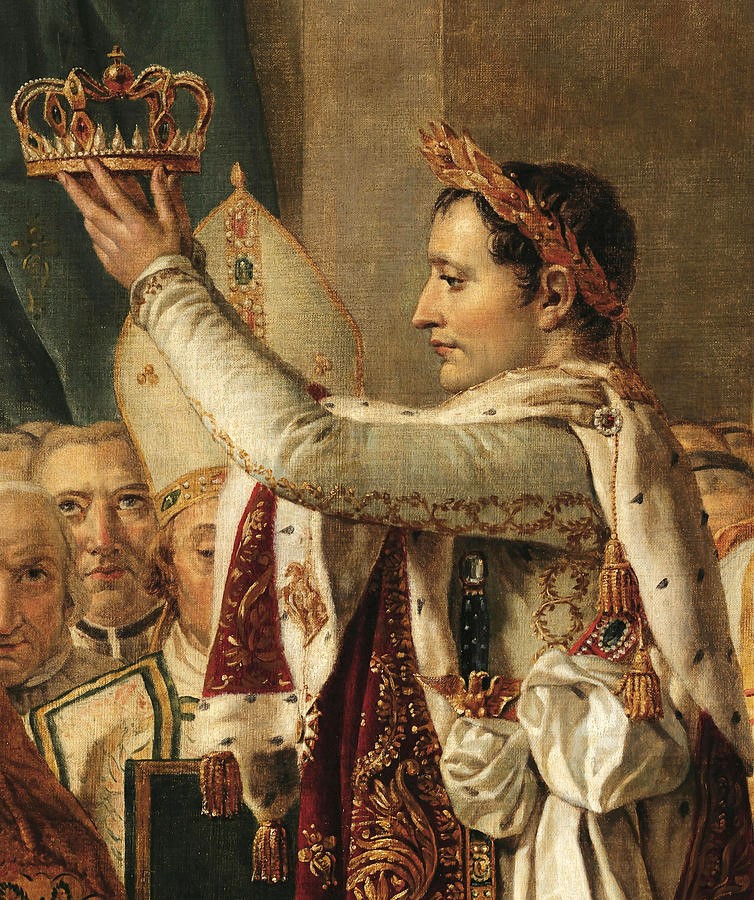
Napoleon stands, adorned in coronation robes reminiscent of Roman emperors as the center of attention. In the painting, originally, David portrayed Napoleon placing the crown on his own head. A void emerged between the back of the Emperor’s head and the Pope’s when he changed his subject. As a result, David added a head of Julius Caesar inspired by a sculpture in the Louvre. He then depicted the moment when the Emperor crowned his wife, Josephine.

Ironically, shortly after the painting in which Josephine was crowned Empress of France was completed in 1807, Napoleon’s marriage to her was annulled in 1810 due to her inability to bear a male child. That same year, he then married Marie-Louise, the daughter of the Emperor of Austria. She was 18 years old at the time. In 1811, their son Napoleon II was born.
The ending | The Coronation of Napoleon
After being defeated in 1814, Napoleon abdicated his title and authority. In 1815, he assembled a troop and returned to France to restore himself as Emperor, but he was soundly defeated at the Battle of Waterloo. He was exiled to the remote island of St. Helena. Napoleon’s health began to deteriorate fast in 1817, most likely as a result of a stomach ulcer or cancer. By the spring of 1821, he was confined to his bed, where he died at the age of 51.
Napoleon, one of history’s most celebrated individuals, revolutionized military organization and training and instituted reforms that influenced civil institutions in France and throughout Europe for the rest of the century.
Sources
Napoleon I (2023) Encyclopædia Britannica. Encyclopædia Britannica, inc. Available at: https://www.britannica.com/biography/Napoleon-I (Accessed: February 6, 2023).
Napoleon Bonaparte (no date) eHISTORY. Available at: https://ehistory.osu.edu/biographies/napoleon-bonaparte (Accessed: February 6, 2023).
The coronation of Napoleon in Notre Dame Cathedral on 2 December 1804, 1807, 979×621 cm by Jacques-Louis David: History, Analysis & Facts (no date) Arthive. Available at: https://arthive.com/jacqueslouidavid/works/22666~The_coronation_of_Napoleon_in_Notre_Dame_Cathedral_on_2_December_1804 (Accessed: February 8, 2023).
Bhiwandiwala, Z. (2022) Neoclassical paintings, Pranjal Arts. Pranjal Arts. Available at: https://www.pranjalarts.com/blog/neoclassical-paintings (Accessed: February 11, 2023).
Story of a coronation – google arts & culture (no date) Google. Google. Available at: https://artsandculture.google.com/story/story-of-a-coronation-palace-of-versailles/NgWhI7emoChPKw?hl=en (Accessed: February 11, 2023).
Anido, J. (2021) The coronation of napoleon’s secrets: Un jour de plus à Paris, Un jour de plus à Paris | L’incontournable des visites culturelles et touristiques à Paris. Balades, visites guidées, découvertes insolites… Visitez Paris autrement ! Available at: https://www.unjourdeplusaparis.com/en/paris-culture/secrets-tableau-louvre-sacre-de-napoleon (Accessed: February 11, 2023).
“The coronation of napoleon” by Jacques-Louis David (2020) Joy of Museums Virtual Tours. Available at: https://joyofmuseums.com/museums/europe/france-museums/paris-museums/the-louvre/the-coronation-of-napoleon-by-jacques-louis-david/ (Accessed: February 11, 2023).
Discussion of the coronation of napoleon by Jacques-Louis David (no date) TripImprover. Available at: https://www.tripimprover.com/blog/the-coronation-of-napoleon-by-jacques-louis-david (Accessed: February 11, 2023).








